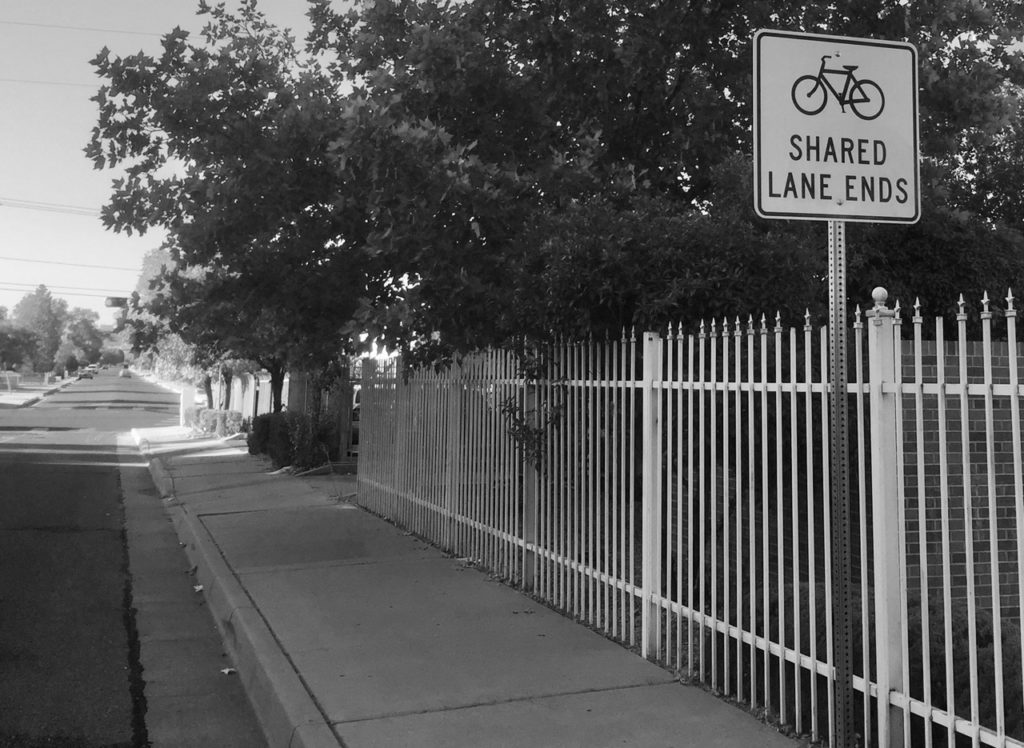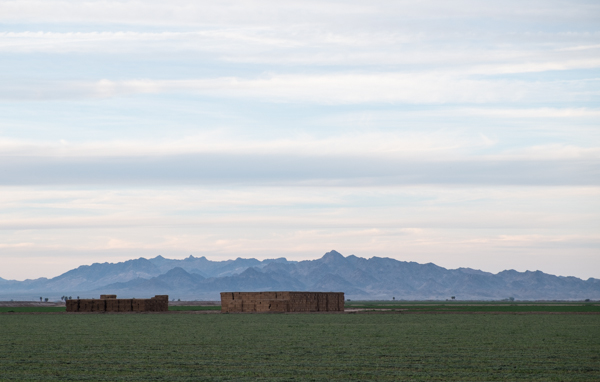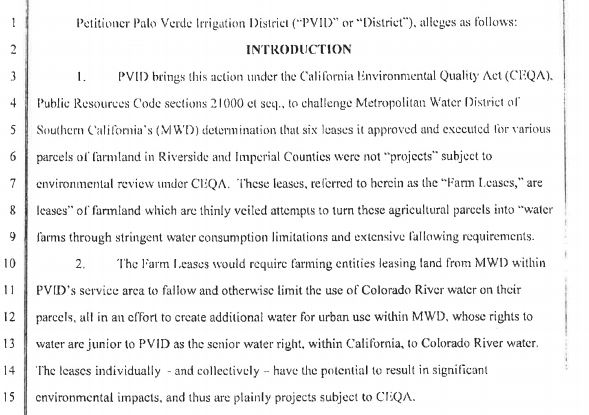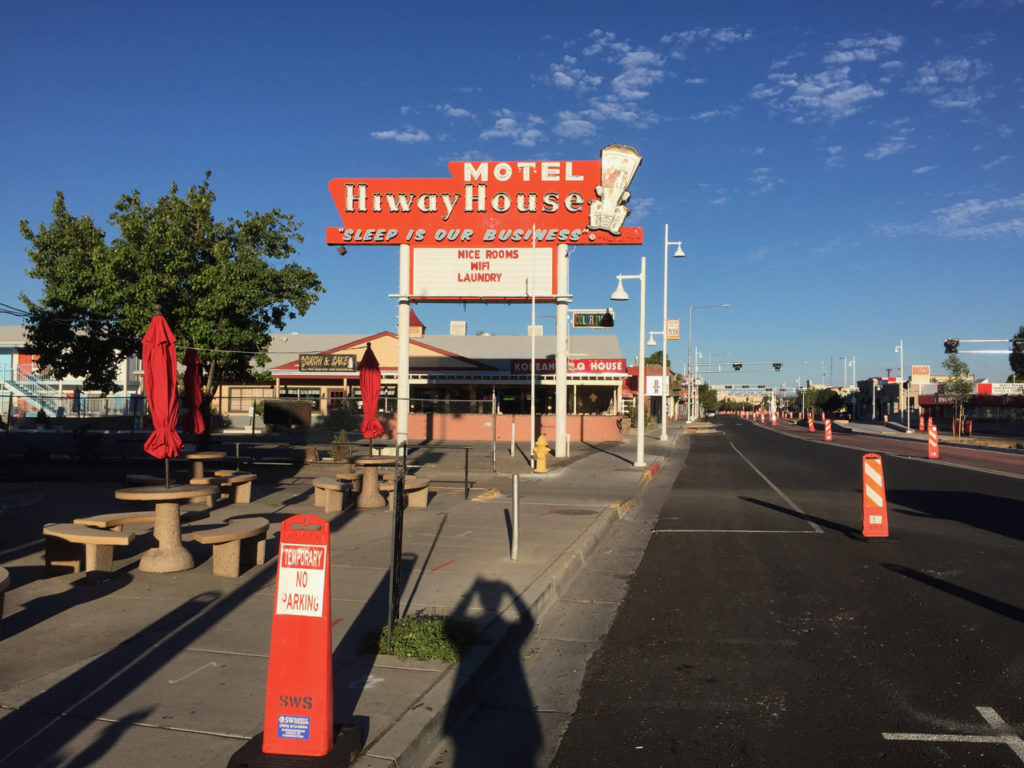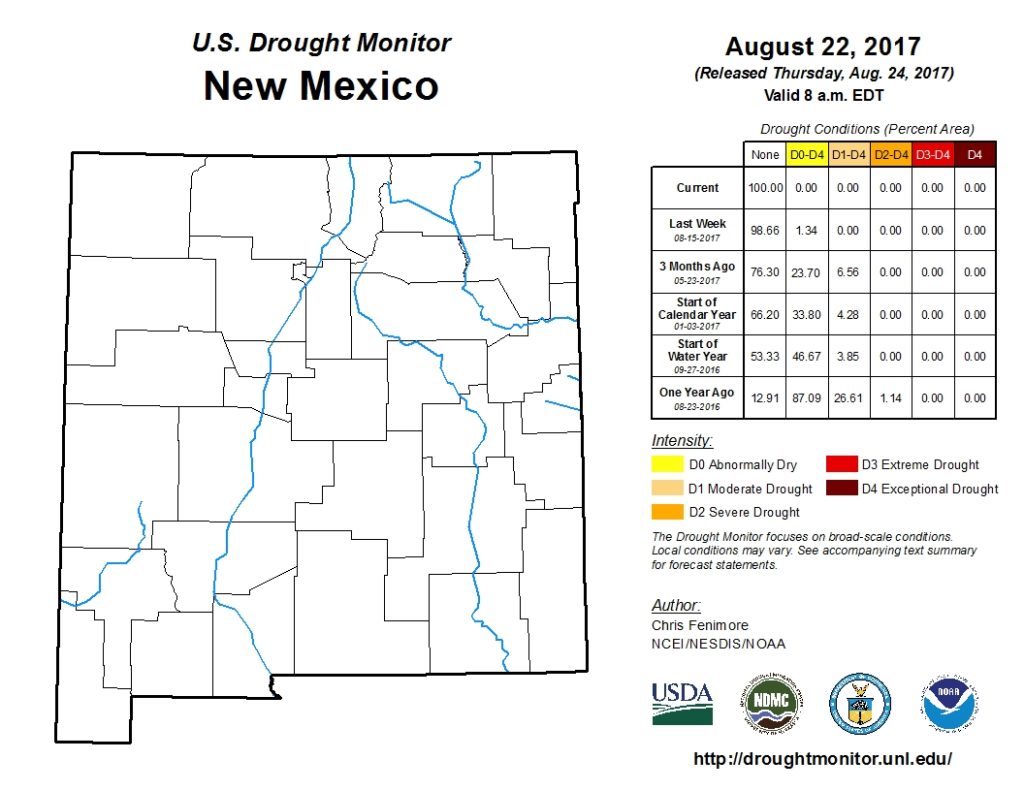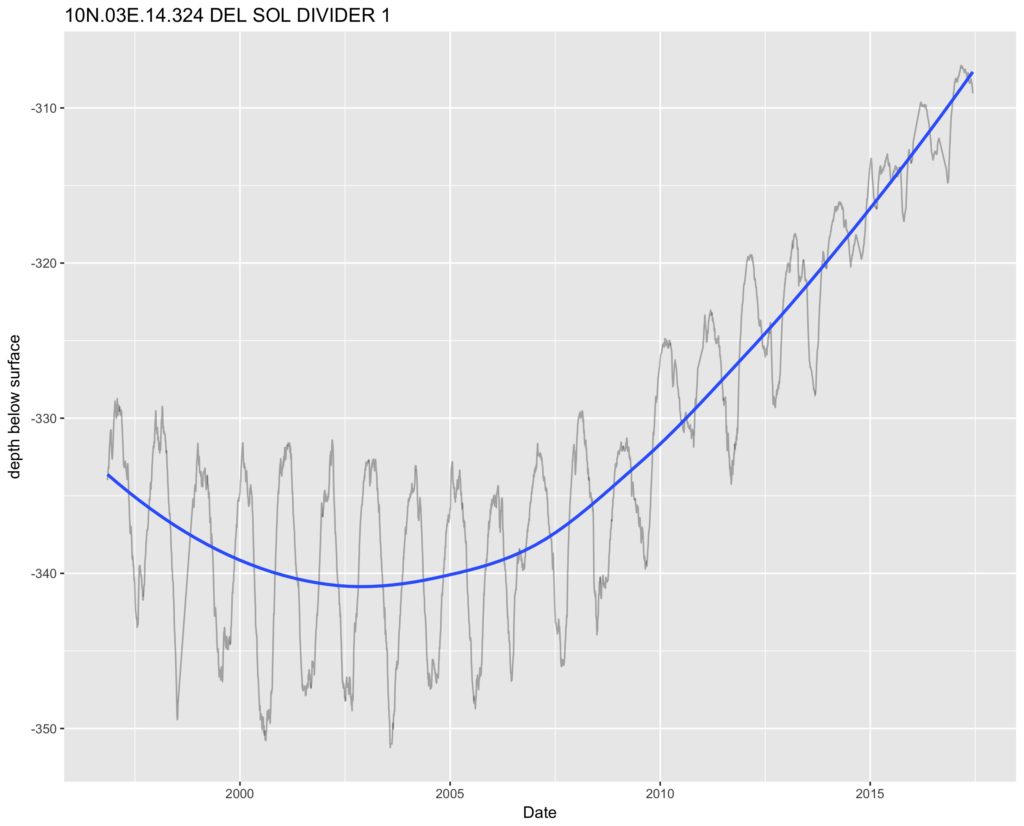One of the great insights from my University of New Mexico colleague Bob Berrens, chair of the economics department and my predecessor as director of UNM’s Water Resources Program, is the importance of disaggregating agriculture.
Much water policy discussion, rightly, revolves around the agriculture-municipal distinction. With ag getting (and needing) a much larger share of the water in arid western North America, the distinction is important. But this Faith Kearns piece out of California’s Central Valley is a reminder that ag is no one thing:
Small farmers were hit hard by California’s drought. Perhaps none as hard as the Hmong and other Southeast Asian farmers that lease small plots of land, often with declining groundwater levels, shallow wells, and outdated irrigation systems. Yet, many of these small farmers persist, growing an incredible variety of tropical and subtropical crops in California’s temperate climate.
According to a 2007 survey, around 900 out of a total of 1400 Southeast Asian farms in Fresno County in California’s Central Valley are Hmong. The Hmong largely arrived as refugees from Laos after government upheaval in the 1970’s. For many, farming is part of who they are, despite the challenges.
And, the list of challenges for these small farmers can be long: not owning the land they farm, decreasing acres of land to lease due to urbanization and the potential for growing higher value crops than the Hmong specialize in, language and cultural barriers, and competition for groundwater.
Much of the ag around these small farmers is big, industrial scale farming. As California wrestles with the management of its groundwater, it’ll be important to recognize the full range of agricultural water users.

